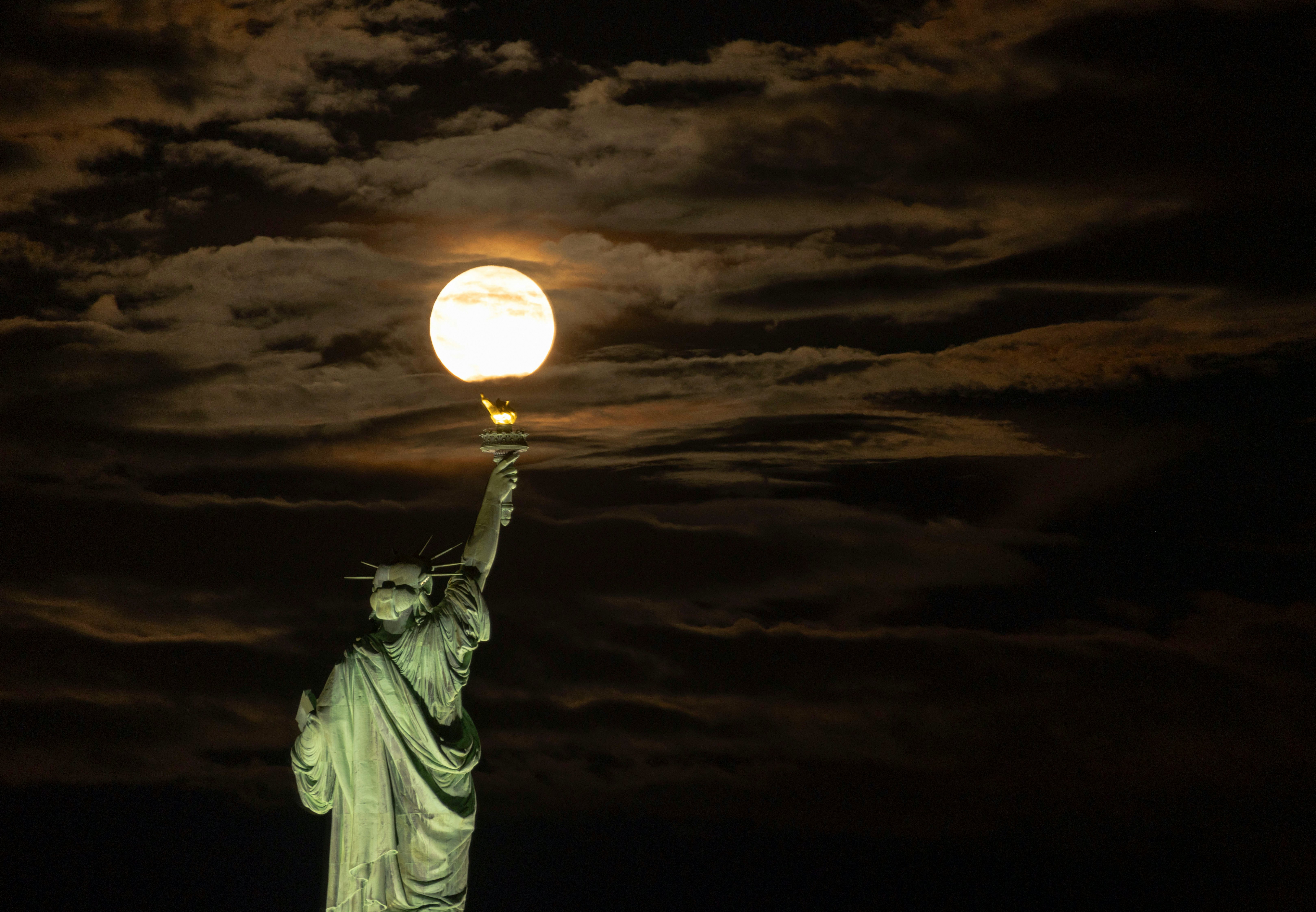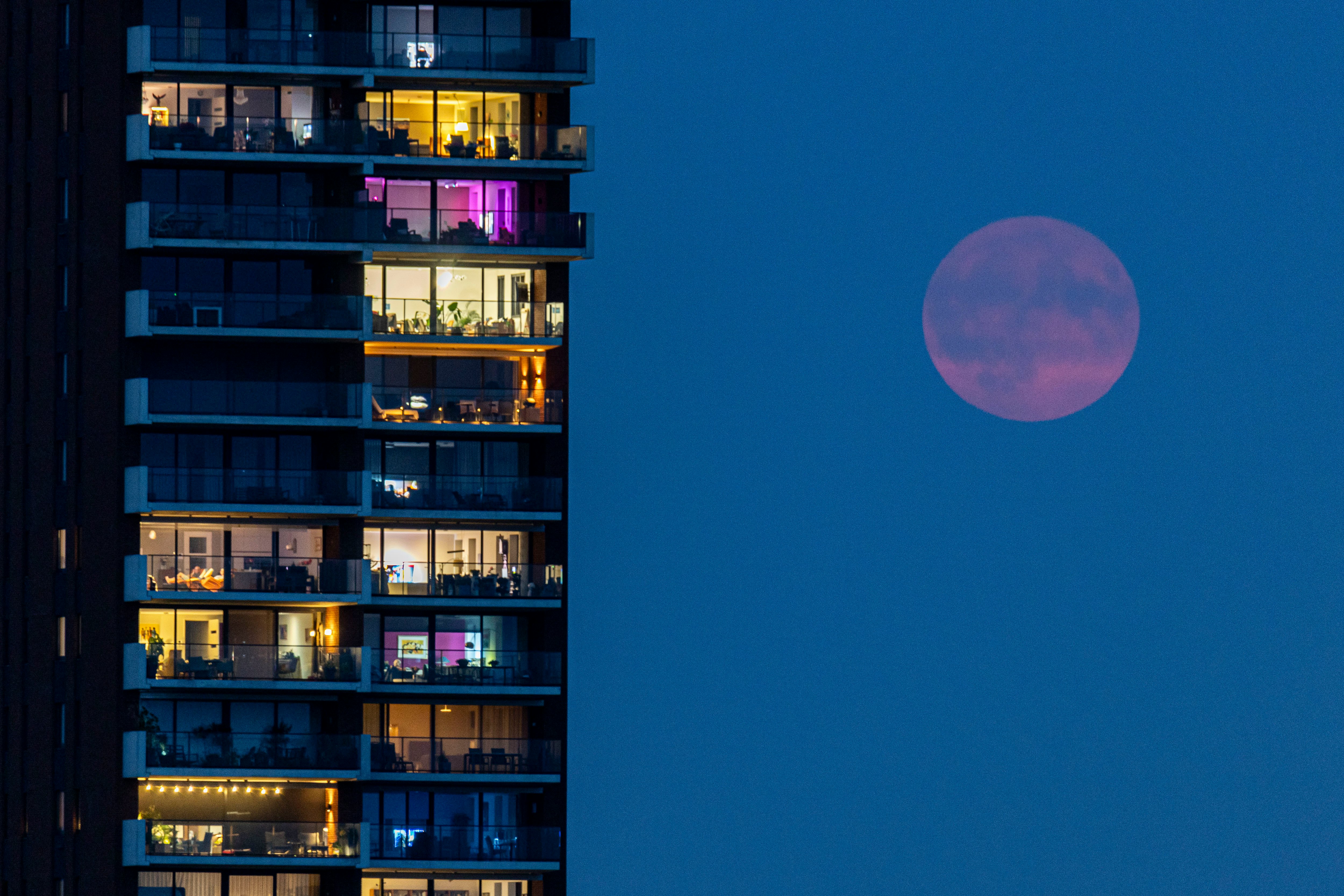
This week spectators around the world can feast their eyes on the Blue Sturgeon Supermoon.
It’s special, but perhaps not according to first impressions. Without a doubt the Full Moon this week will appear larger than usual. But, no, the Moon won’t take on a cerulean color. However, it means the cosmos has packed an extra Full Moon into your summer (or winter, if you live in the southern hemisphere). The blue supermoon is a rare treat, and won’t happen again until 2032.
“About 25 percent of all full moons are supermoons, but only 6 percent of full moons are blue moons,” according to NASA.

The “trifecta of labels” that Earth’s natural satellite gained when it rose on Monday, August 19 are a useful way to describe what the Moon is up to lately.
The Moon completes a round of its phases once a month. But, more precisely, this actually takes 29.5 days. Each yearly season lasts roughly three months. Generally, this means each season delivers three Full Moons. But 2024’s summertime in the northern hemisphere, which is winter in the southern hemisphere, squeezed in a fourth Full Moon. The third of these four Full Moons is called a Blue Moon.
The Moon is “super” because, well, it looks much bigger in the sky. When the Moon sojourns around the Earth, it travels along an elliptical path. Sometimes it’s closer to the Earth, and sometimes farther away. If the Moon happens to be standing near or at the closest point to Earth along its orbit, called perigee, it looks bigger.
The Farmer’s Almanac calls the full Moon of August the Sturgeon Moon.

This fish was once abundant in North America around this time of year, explains the Farmer’s Almanac. “The name Sturgeon Moon comes from the giant lake sturgeon of the Great Lakes and Lake Champlain; this native freshwater fish was readily caught during this part of summer and an important food staple for Native Americans who lived in the region. At one time the lake sturgeon was quite abundant in late summer, though they are rarer today.”
The next seasonal blue supermoon will be on Aug. 21, 2032, according to NASA. Five years later, Earth gets its next monthly blue supermoon, when two supermoons appear in the same calendar month.







